A £100 million windfarm on the border of Angus and Aberdeenshire will go ahead after a public inquiry ruling in favour of the controversial project.
Scottish Ministers have backed the Glendye project, north of Edzell.
The site sits on Fasque and Glendye estates, a couple of miles from Fettercairn and in the south west corner of Aberdeenshire Council’s boundary with Angus.
It covers more than 1,450 hectares of mainly grouse moor and sheep grazing.
The tip height of the turbines will be almost 150 metres.
Wind farm developer Coriolis Energy say the scheme will generate more than 100 megawatts of renewable power annually.
Hundreds of objections
But Aberdeenshire Council was against the 26-turbine bid.
In 2019, Mearns area committee councillors passed the scheme to the authority’s infrastructure committee for a formal objection to be lodged.
The council’s opposition included the potential landscape impact from viewpoints including the Cairn O’Mount and Clachnaben.
3 montage images from key points near planned Glendye windfarm:
The RSPB raised fears for protected species including golden and white-tailed eagles.
Four community councils in the area and the John Muir Trust also objected to the scheme.
And the public inquiry was addressed by a clan chief over concerns about the effect on its historic heartlands.
Clan Strachan commander Rob Strachan detailed a clan history stretching back to the 13th century over 40,000 acres from the River Dee to the Cairn O’Mount.
There were also more than 400 individual letters of opposition to the Glendye scheme.
But in a newly-issued ruling, the inquiry outcome has cleared the way for the 30-year project.
Job creation
Coriolis say the construction phase will support almost 90 jobs.
A community benefit fund of £5,000 per MW for every year of operation will also be set up.
The inquiry findings said Glendye would make a “significant and meaningful contribution” to national renewable energy targets.
Local and national planning policies supported the development, they added.
Reporters accepted there would be landscape impacts which could not be mitigated against.
But they decided only a small number of hillwalkers might be put off by the turbines.
“Whilst it is difficult to precisely quantify the scale of the potential impact on visits and
visitors spending with any certainty, given that the visual impact would predominately
affect hillwalkers, and that only a proportion of those would be likely to avoid visiting
the area due to the presence of the wind farm, the Reporters consider that the effect
on local tourism and economy would likely be relatively small,” the findings said.
“Having considered this balance, the Scottish Ministers are satisfied that the negative impacts are acceptable in accordance with National Planning Framework 4 and in the context of the net economic benefits and significant renewable energy benefits that the proposed development would bring.”

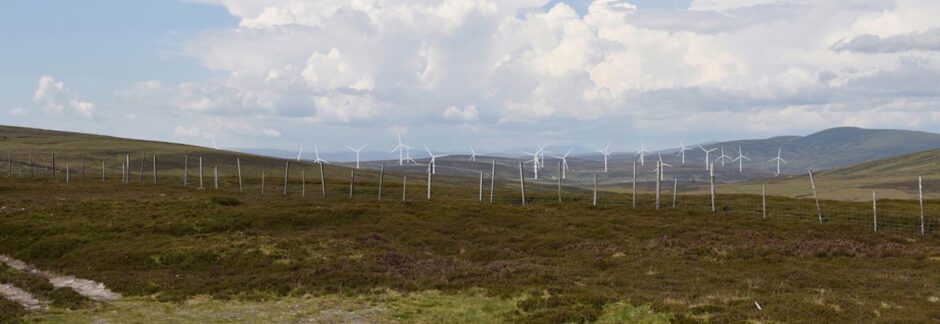
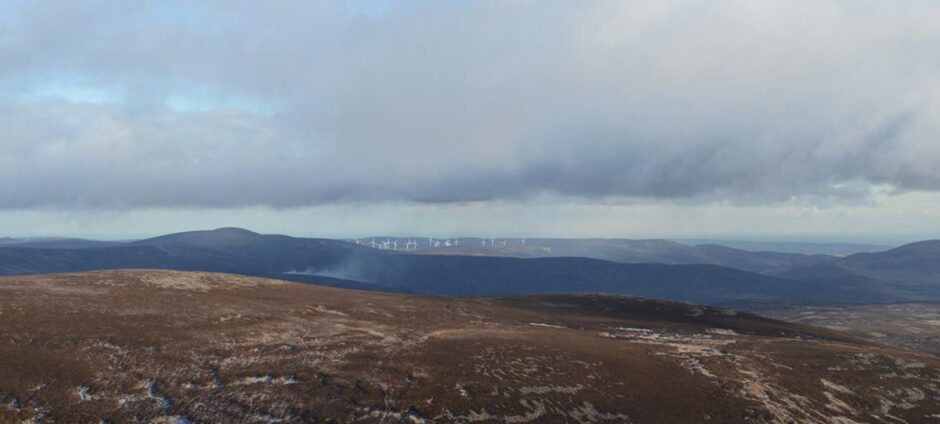
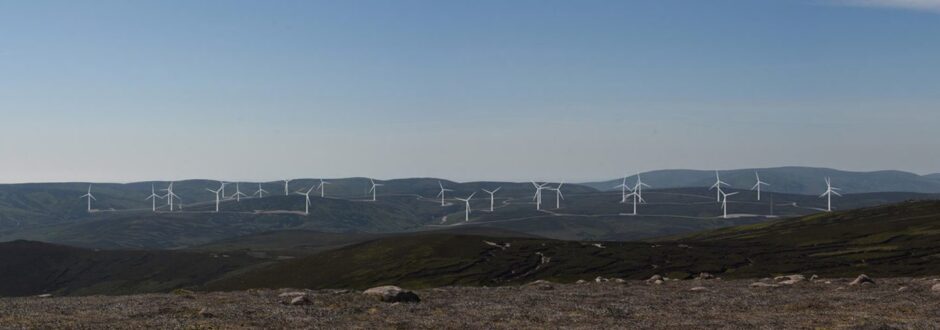





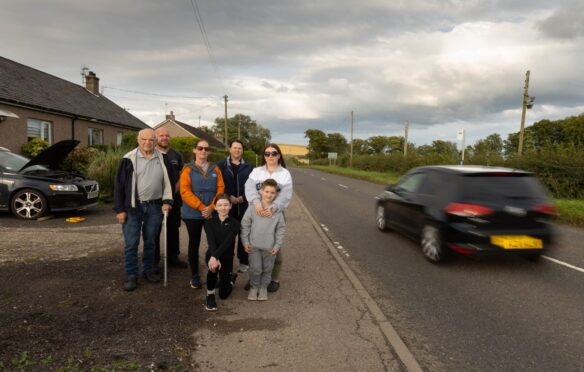
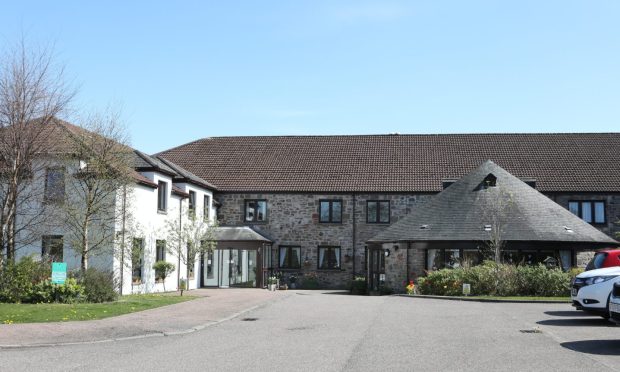

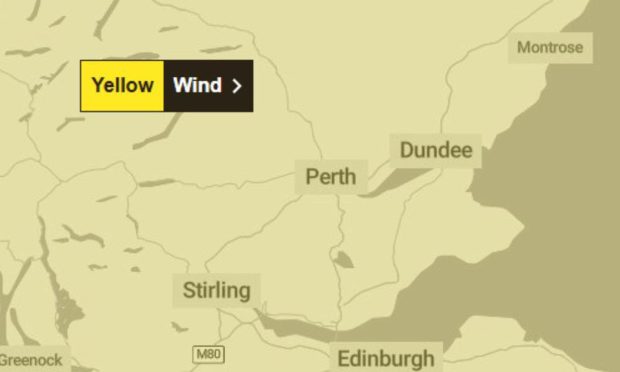
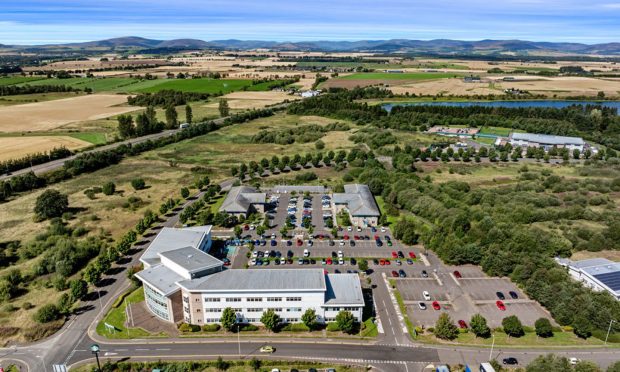
Conversation